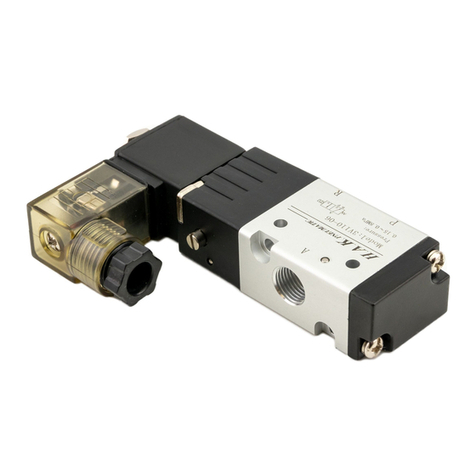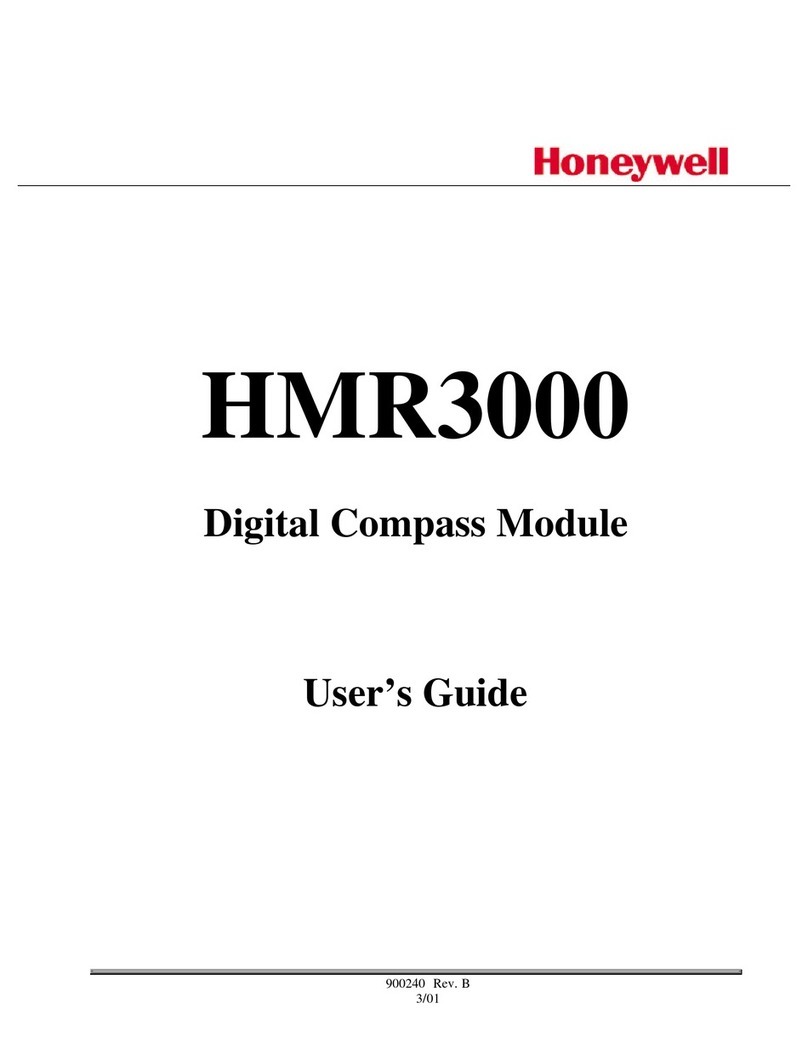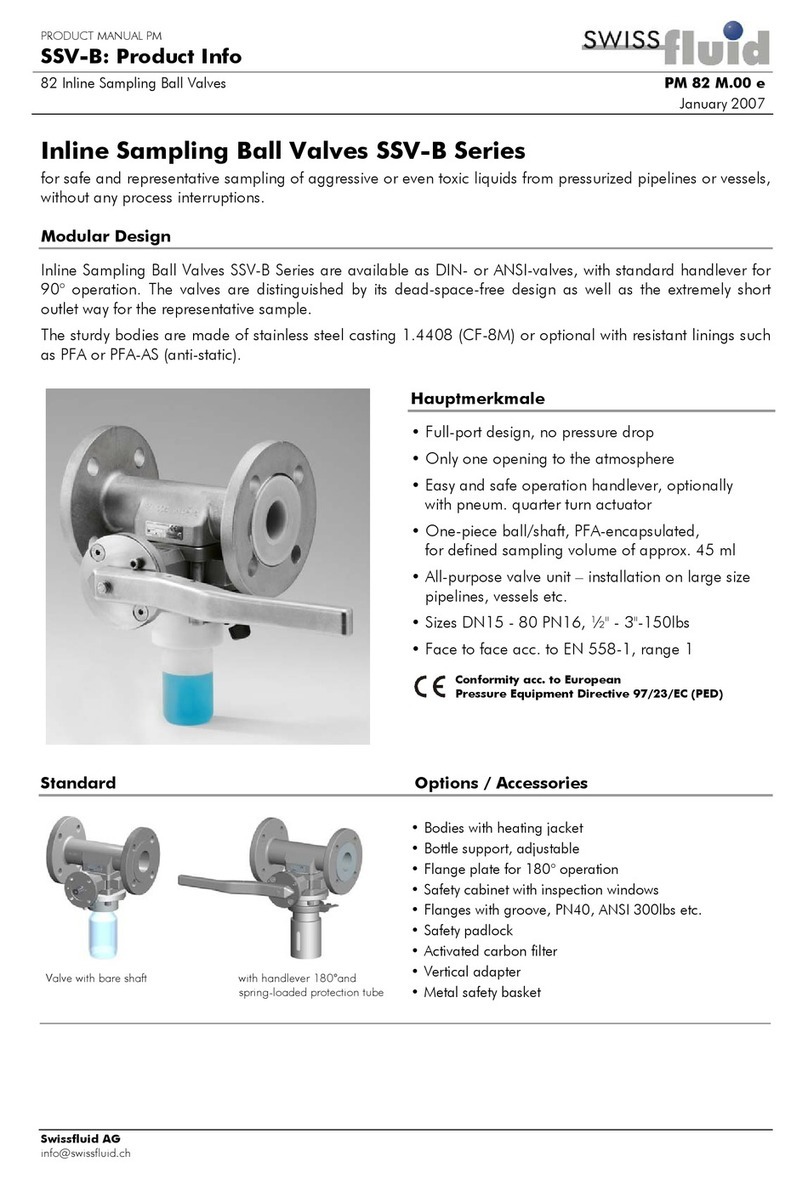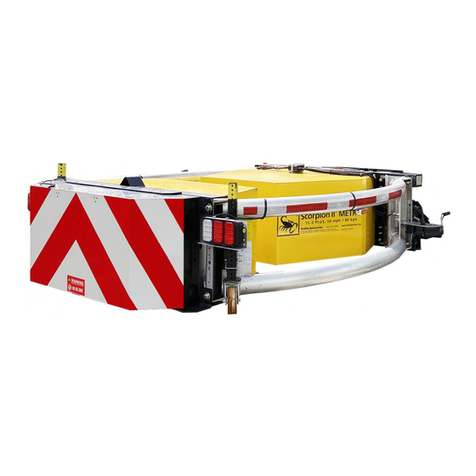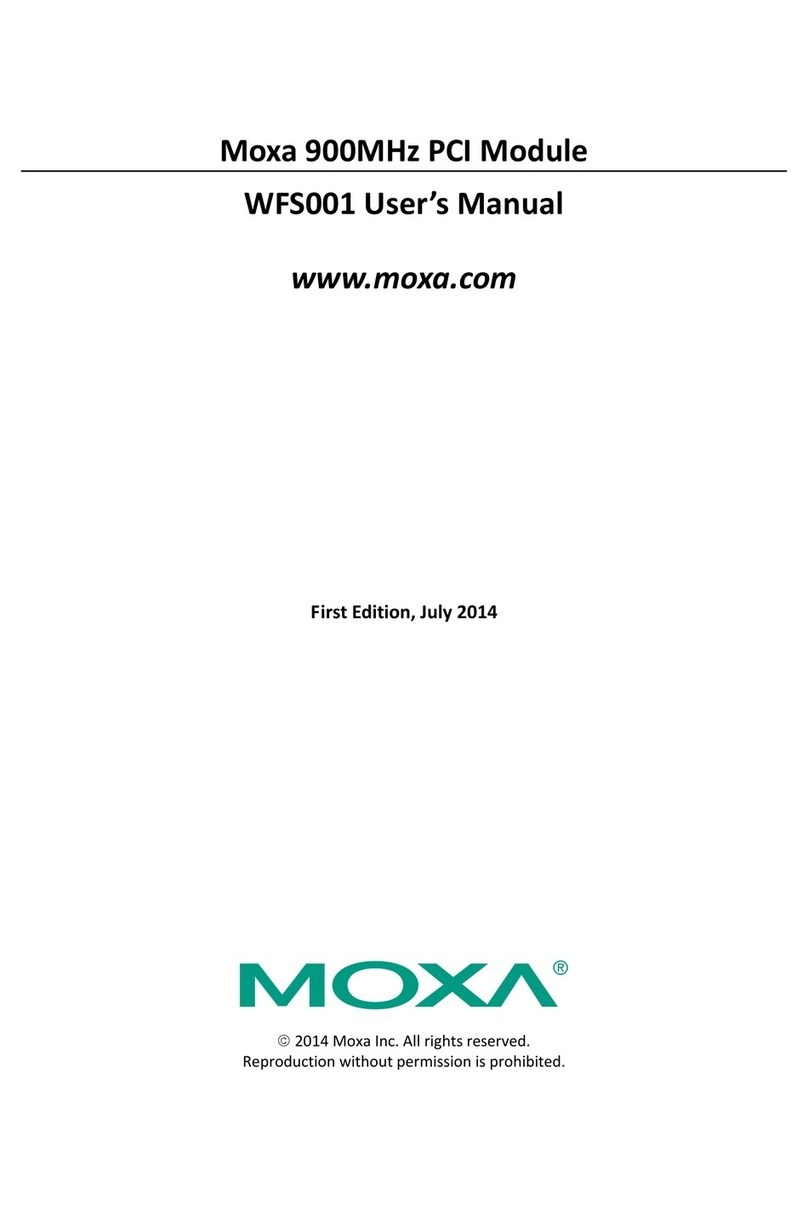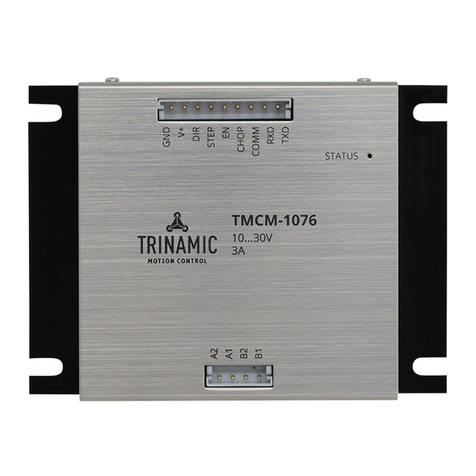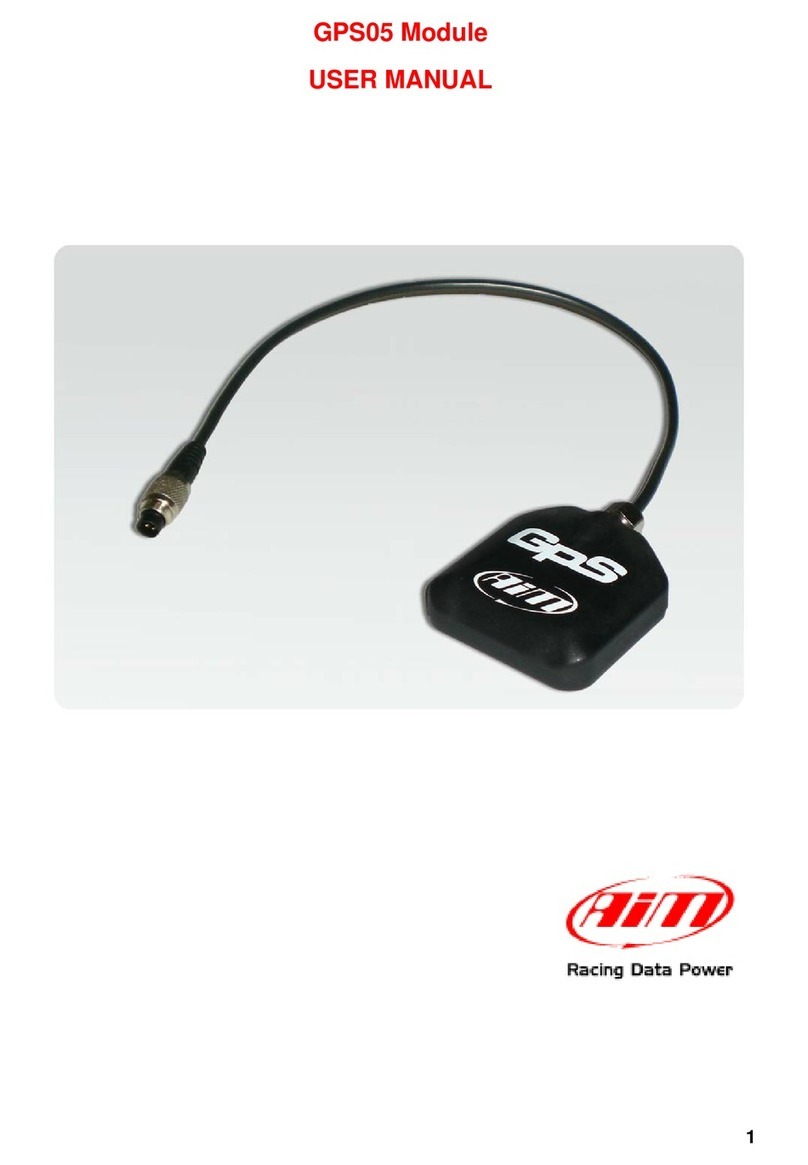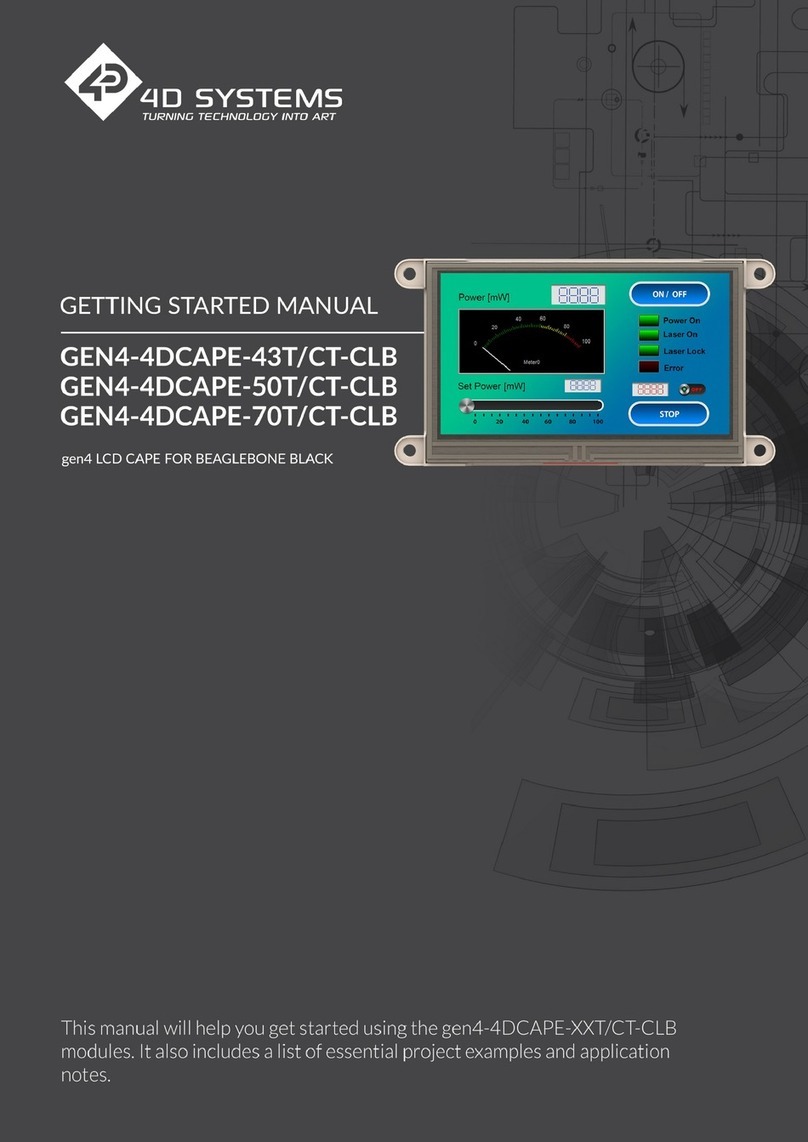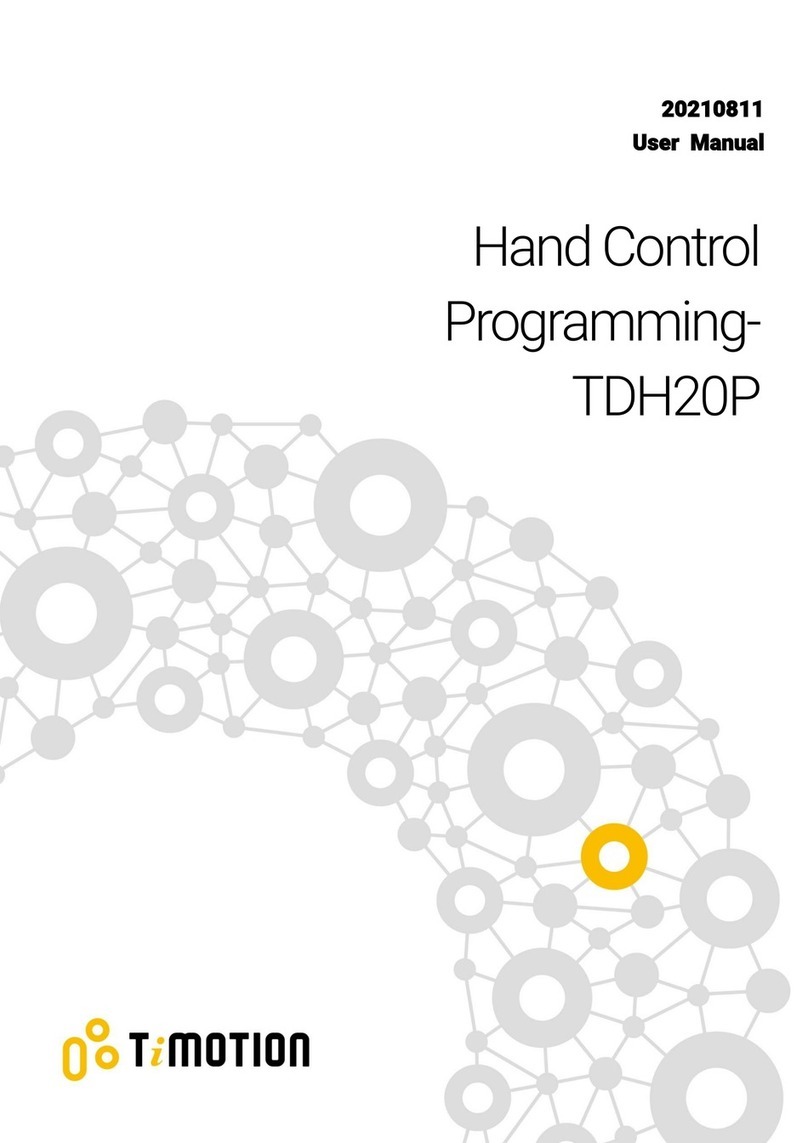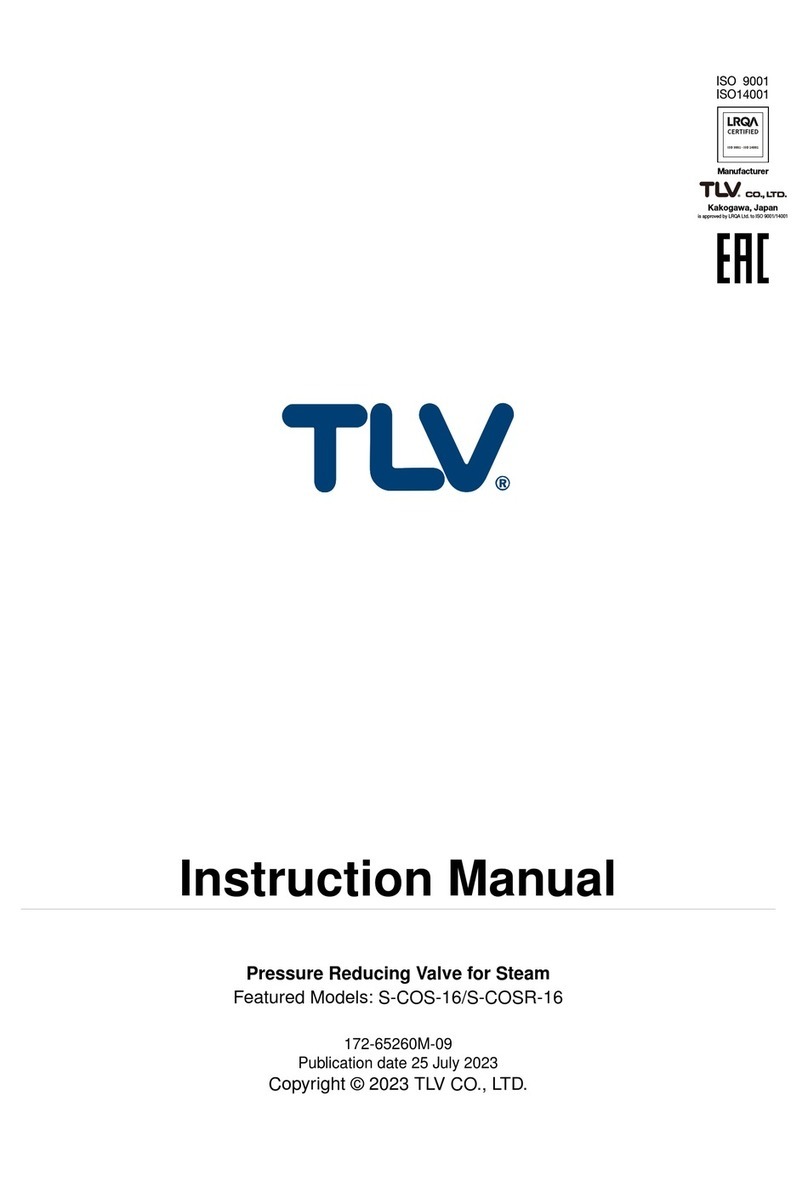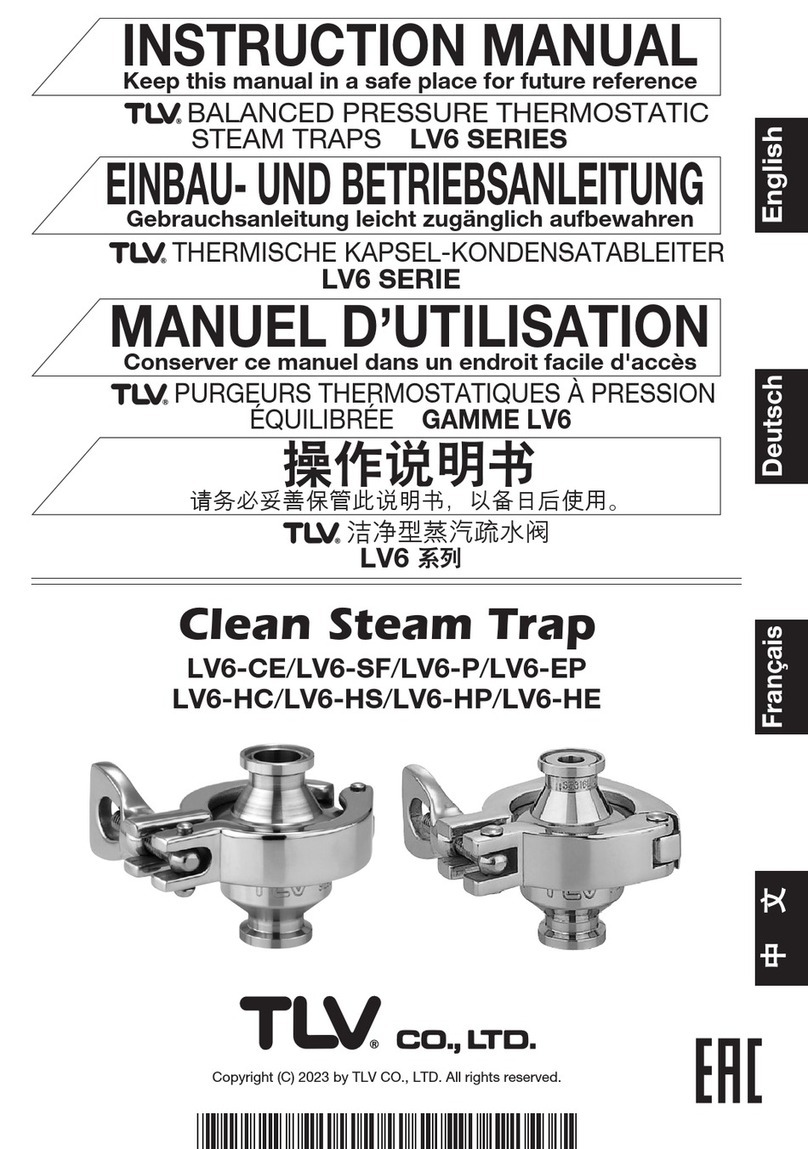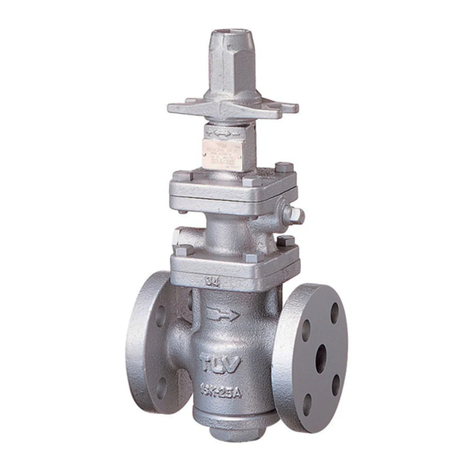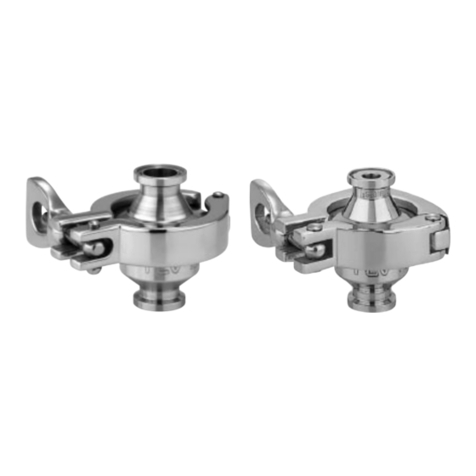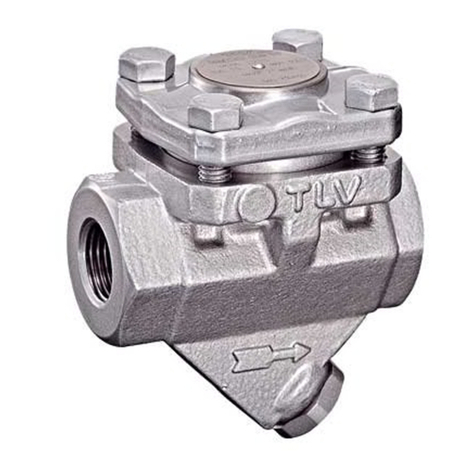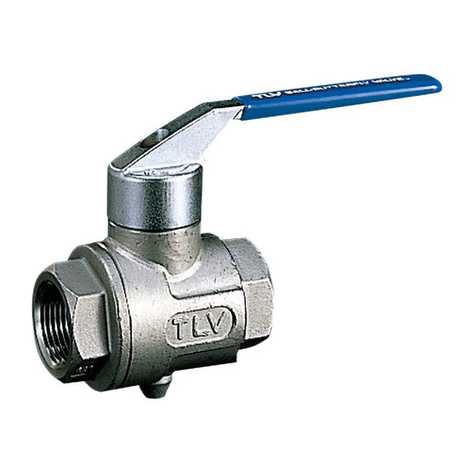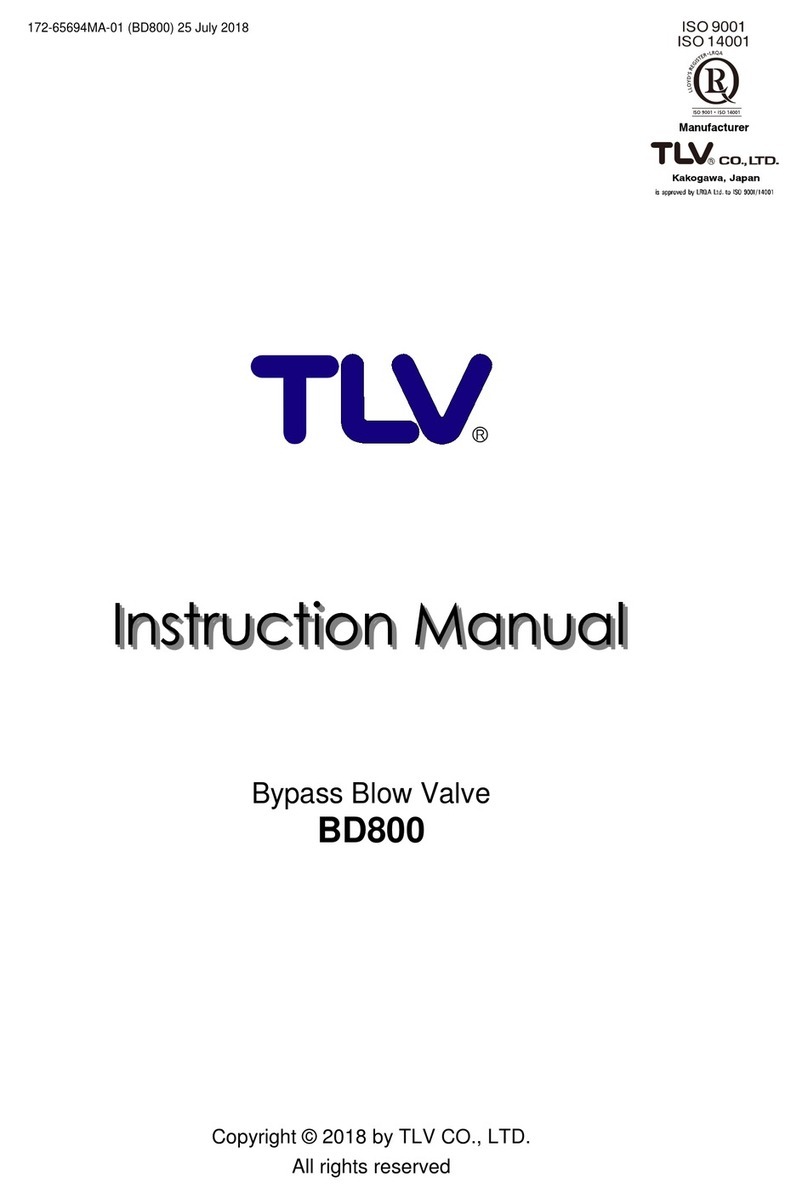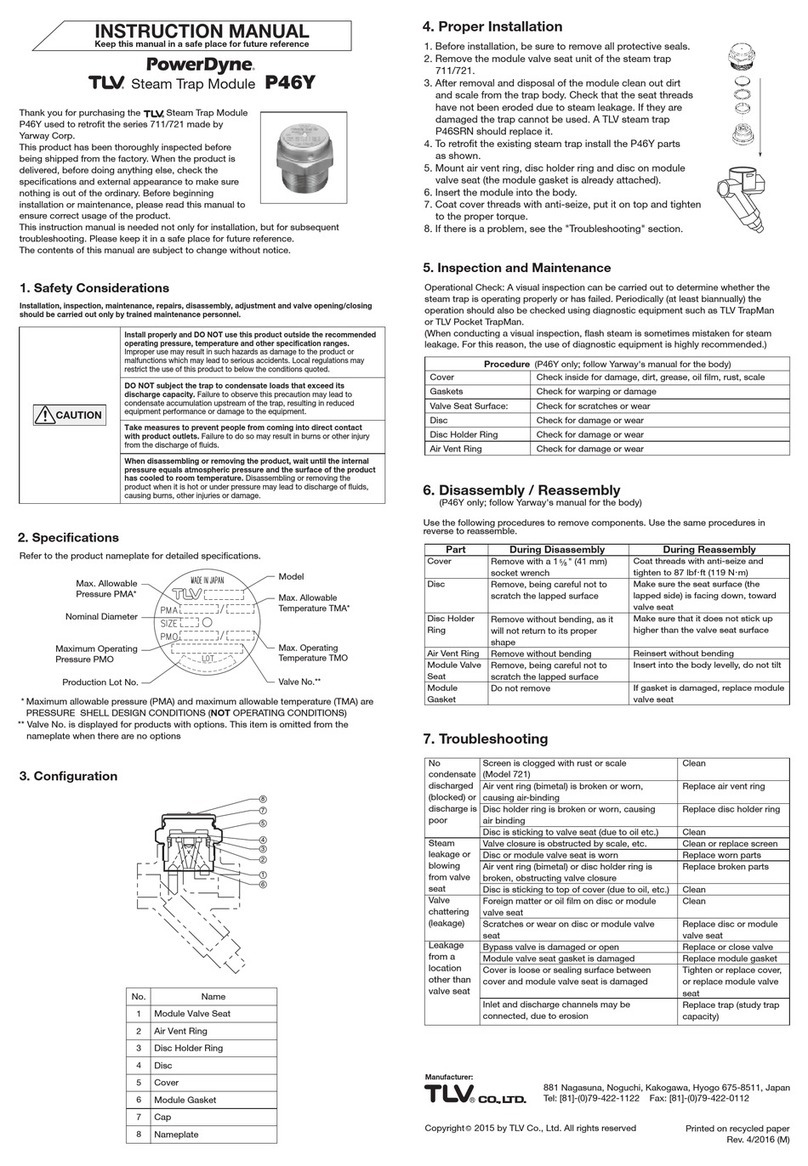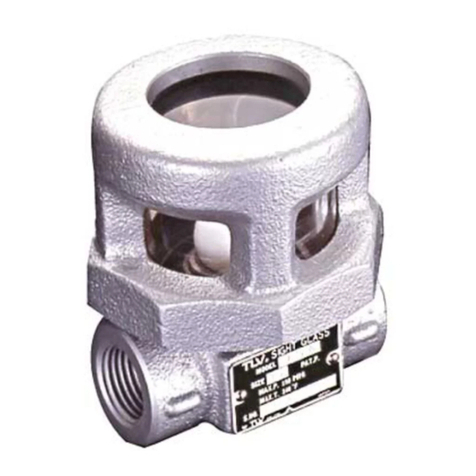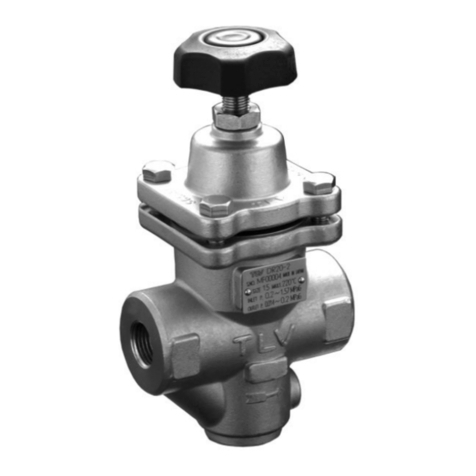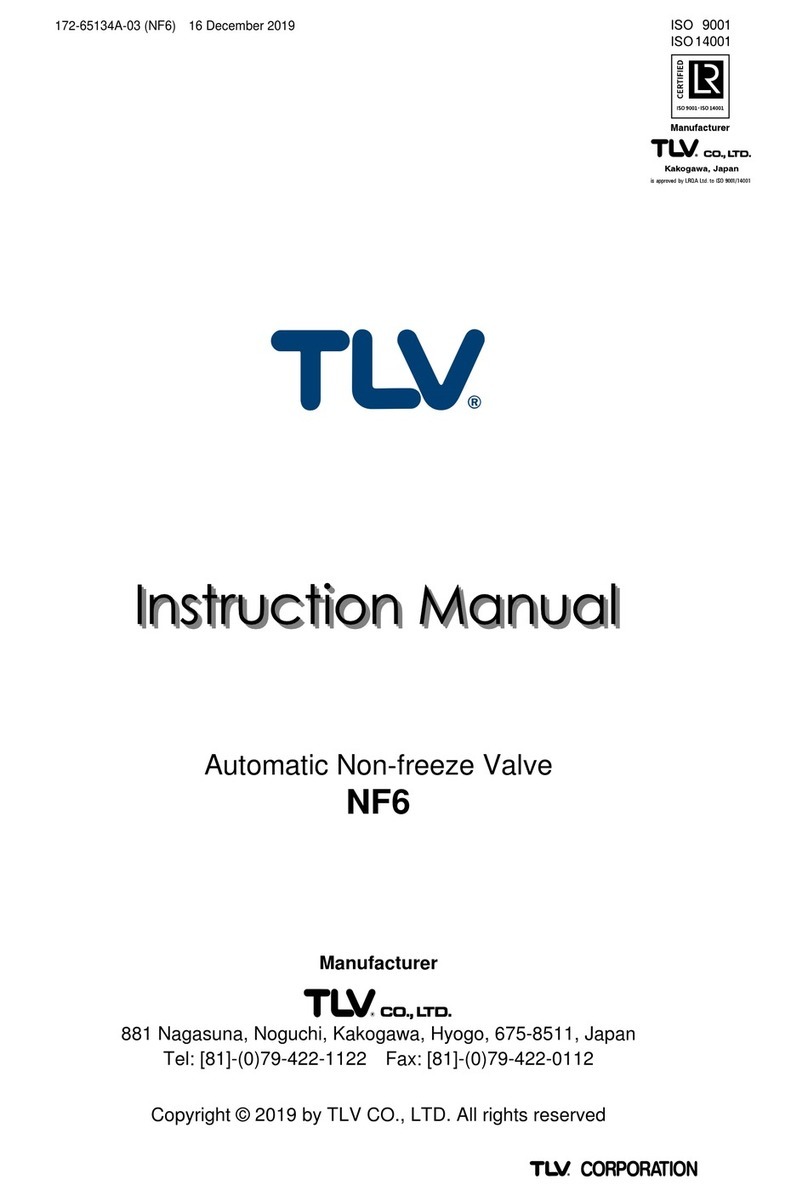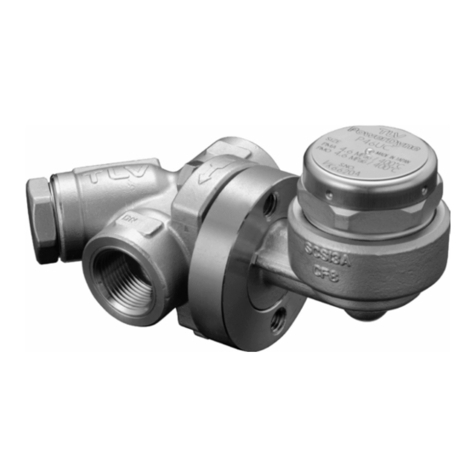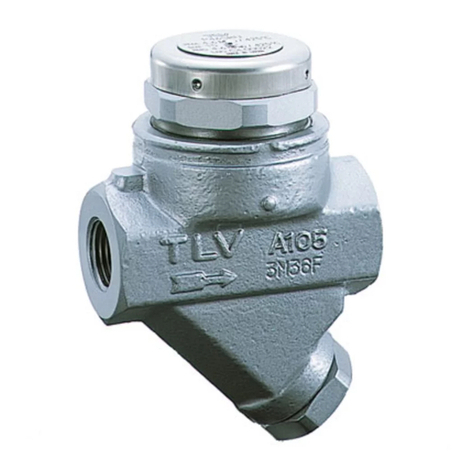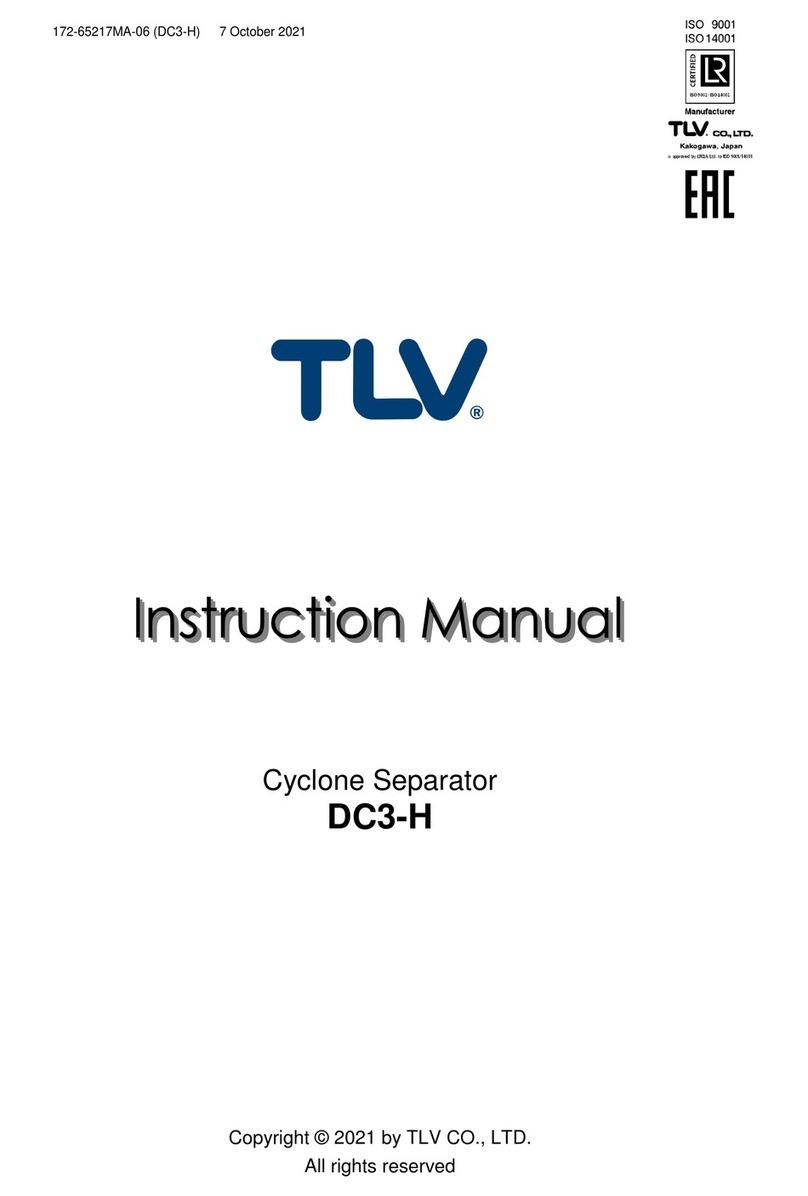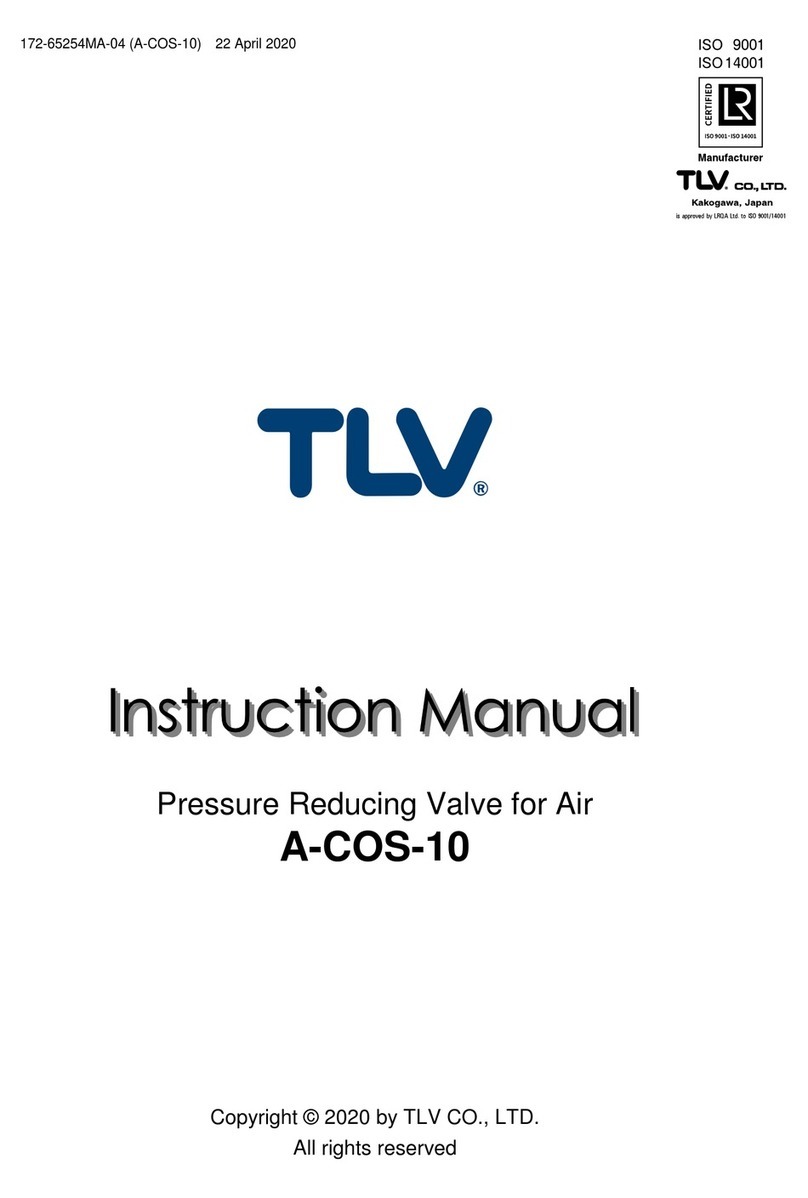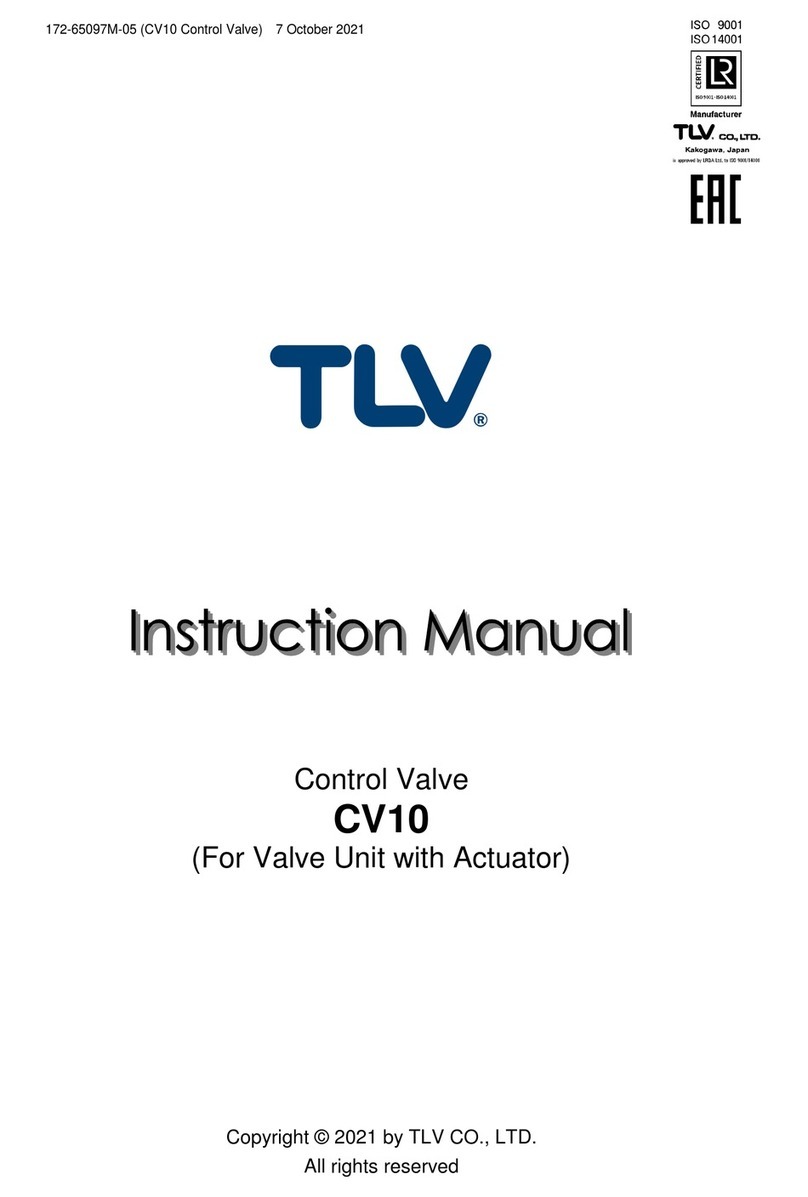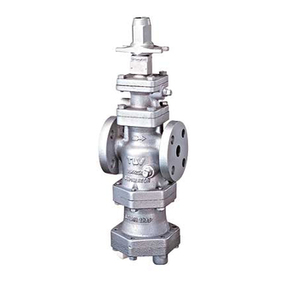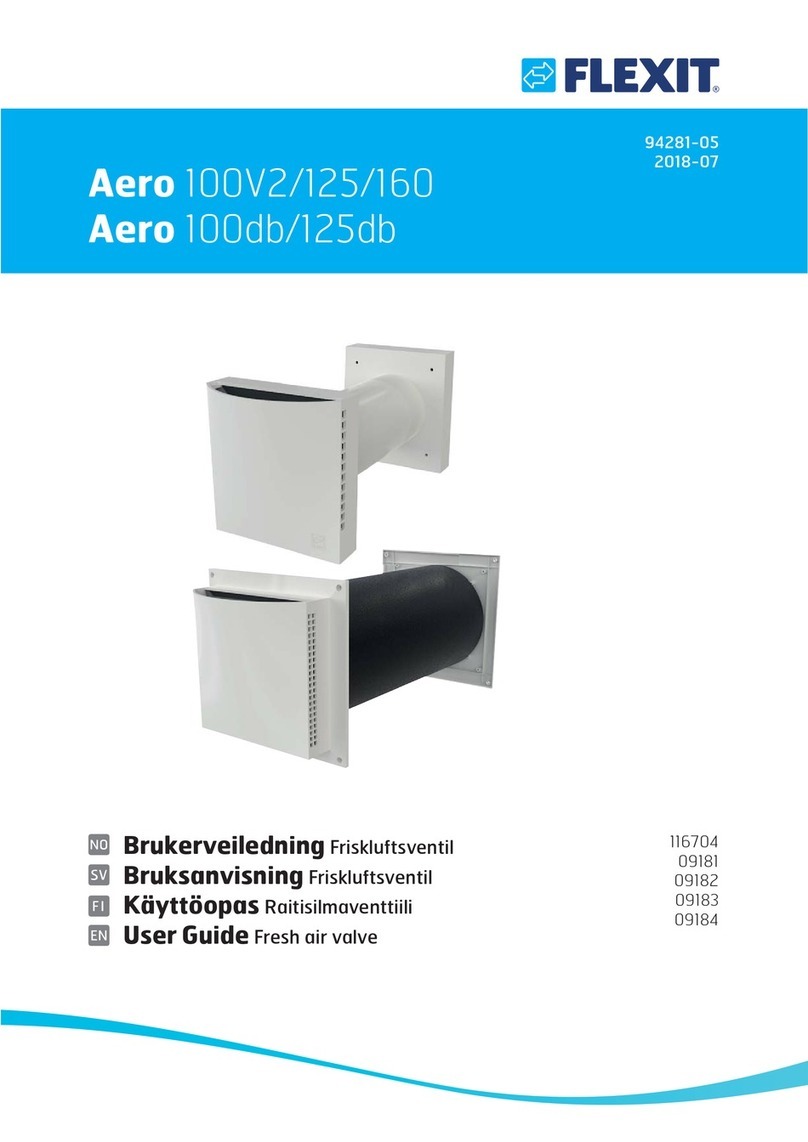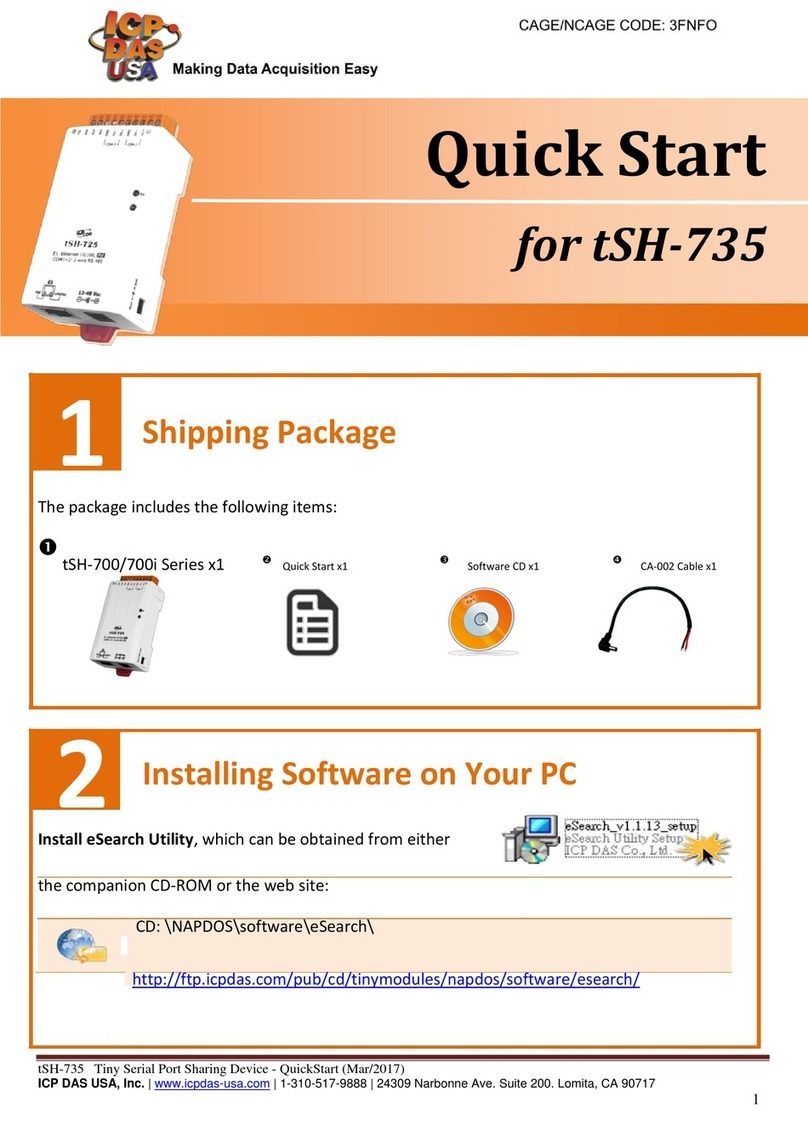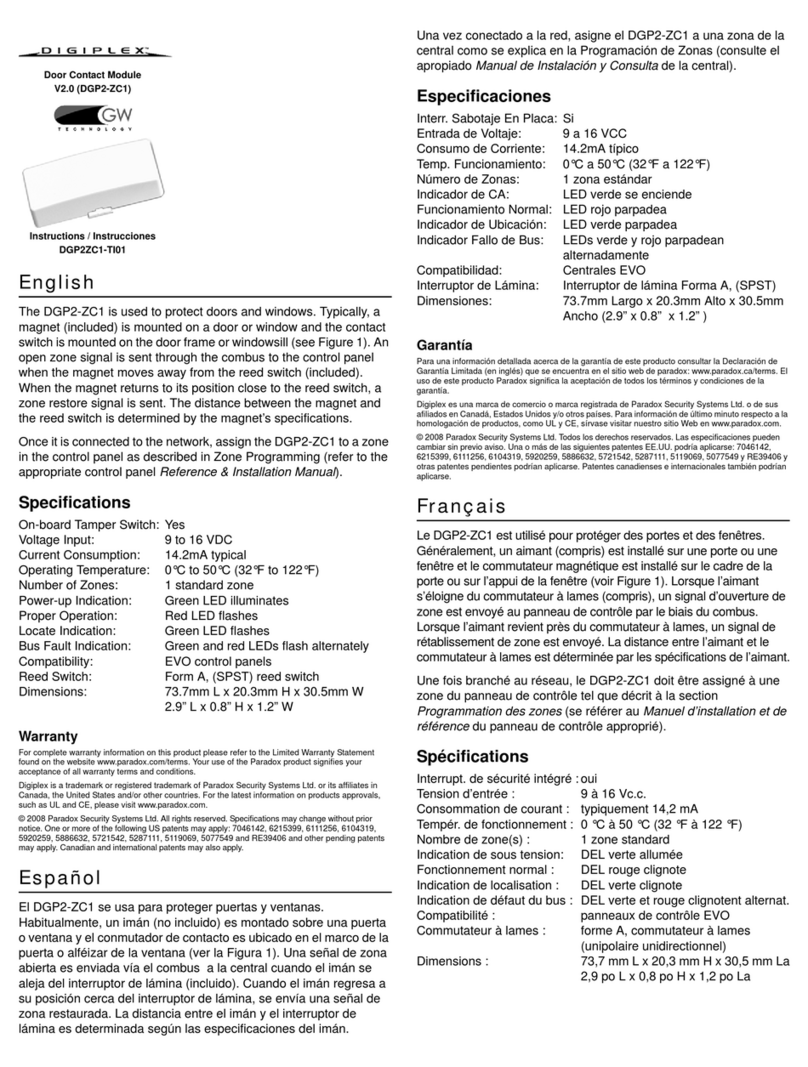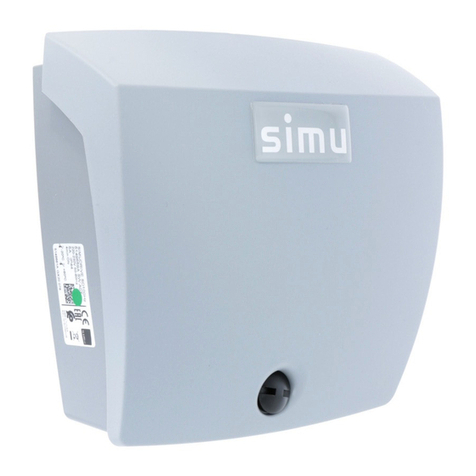
Safety Considerations
• Read this section carefully before use and be sure to follow the instructions.
• Installation, inspection, maintenance, repairs, disassembly, adjustment and valve opening/
closing should be carried out only by trained maintenance personnel.
• The precautions listed in this manual are designed to ensure safety and prevent equipment
damage and personal injury. For situations that may occur as a result of erroneous handling,
three different types of cautionary items are used to indicate the degree of urgency and the
scale of potential damage and danger: DANGER, WARNING and CAUTION.
• The three types of cautionary items above are very important for safety: be sure to observe
all of them as they relate to installation, use, maintenance and repair. Furthermore, TLV
accepts no responsibility for any accidents or damage occurring as a result of failure to
observe these precautions.
Cautionary items and definitions
Danger
Indicates an urgent situation which poses a threat of death or serious injury
Warning
Indicates that there is a potential threat of death or serious injury
Caution
Indicates that there is a possibility of injury or equipment/product damage
Safety considerations for the product
Caution
Install properly and DO NOT use this product outside the recommended operating
pressure, temperature and other specification ranges. Improper use may result in such
hazards as damage to the product or malfunctions that may lead to serious accidents. Local
regulations may restrict the use of this product to below the conditions quoted.
Caution
Take measures to prevent people from coming into direct contact with product outlets.
Failure to do so may result in burns or other injury from the discharge of fluids.
Caution
When disassembling or removing the product, wait until the internal pressure equals
atmospheric pressure and the surface of the product has cooled to room temperature.
Disassembling or removing the product when it is hot or under pressure may lead to discharge of
fluids, causing burns, other injuries or damage.
Caution
Be sure to use only the recommended components when repairing the product, and NEVER
attempt to modify the product in any way. Failure to observe these precautions may result in
damage to the product and burns or other injury due to malfunction or the discharge of fluids.
Caution
Use only under conditions in which no freeze-up will occur. Freezing may damage the
product, leading to fluid discharge, which may cause burns or other injury.
4




















